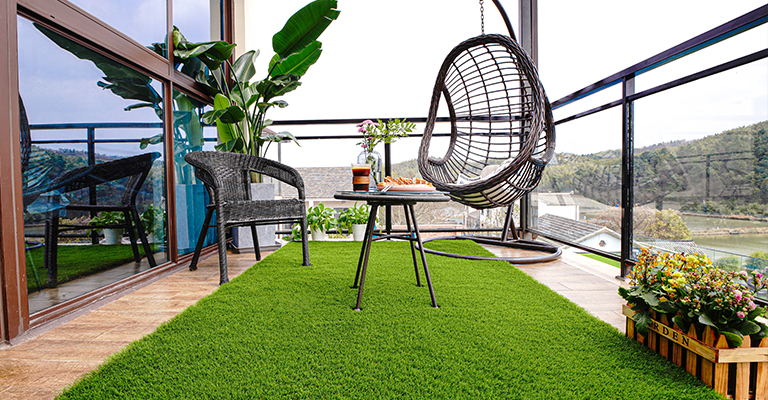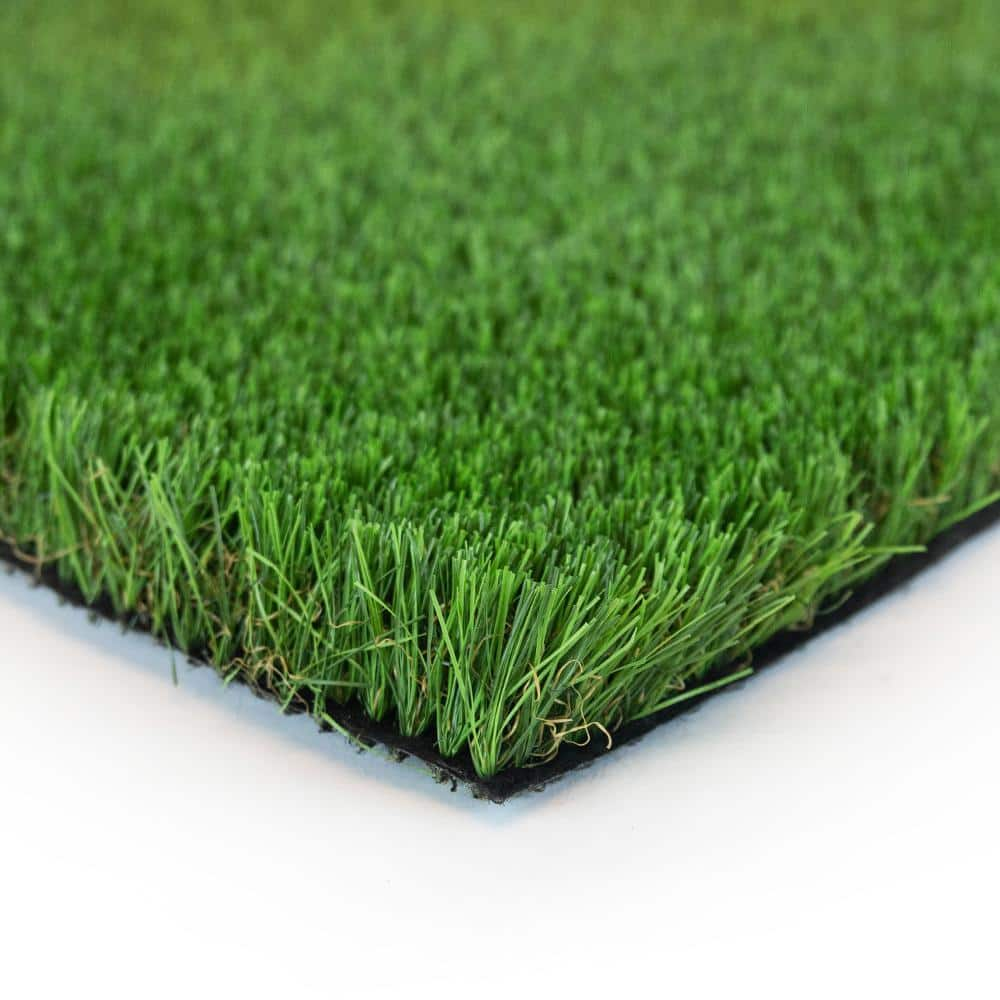Leading Phoenix Turf Companies Delivering Premium Synthetic Lawn Solutions
Leading Phoenix Turf Companies Delivering Premium Synthetic Lawn Solutions
Blog Article
Delve Into the Environmental Benefits of Opting for Synthetic Grass Solutions
The adoption of man-made lawn services offers an engaging possibility to deal with pressing ecological obstacles. By considerably decreasing water use and lessening the application of dangerous chemicals, these options not only advertise sustainable landscaping but additionally protect local communities. In addition, the lower carbon impact connected with reduced maintenance activities adds to a more sustainable technique to land administration. The implications of these advantages prolong beyond plain conservation efforts, increasing questions about their long-term effect on habitat preservation and general eco-friendly balance. Discovering these dimensions discloses an intricate interplay worth thinking about.
Water Preservation Advantages
One of the most considerable advantages of man-made turf is its capability to preserve water. In comparison, artificial lawn does not need watering, significantly decreasing the general demand for water sources.
By removing the demand for normal watering, synthetic grass adds to lasting landscape techniques and helps reduce the ecological impact of extreme water usage. The preservation of water extends to the decrease of drainage, which can lead to dirt disintegration and waterway pollution.
In addition, the setup of synthetic lawn allows home owners and communities to designate water resources extra effectively, concentrating on necessary uses such as drinking water and farming. The shift towards synthetic grass not just promotes accountable water use however additionally aligns with wider environmental objectives aimed at maintaining all-natural resources.
As areas increasingly prioritize sustainability, the water conservation advantages of man-made lawn provide an engaging situation for its adoption in household and industrial landscape design tasks.
Reduced Chemical Use
The transition to synthetic grass substantially decreases the dependence on chemical treatments frequently made use of in all-natural lawn upkeep. Typical grass administration typically entails the application of pesticides, herbicides, and fertilizers to promote growth and control bugs. These chemicals can posture dangers to human health and wellness, regional wildlife, and the atmosphere, contributing to dirt and water contamination.
In comparison, synthetic lawn removes the requirement for these dangerous compounds. By lessening the launch of artificial substances into the ecosystem, synthetic lawn advertises much healthier dirt and water systems.
Moreover, the lack of chemical overflow related to synthetic grass setups assists secure regional waterways from pollution, supporting aquatic life and keeping biodiversity. Turf installation phoenix az. As neighborhoods progressively prioritize lasting practices, choosing synthetic grass provides a viable solution that aligns with environmental preservation objectives. Through this shift, homeowner can enjoy lavish environment-friendly spaces without endangering environmental health and wellness, leading the way for an extra sustainable future
Reduced Carbon Impact

Furthermore, the installation of synthetic turf can result in considerable water preservation. Natural lawns require substantial amounts of water for watering, which not only adds to the carbon impact connected with water removal and therapy however additionally strains neighborhood water resources. In contrast, synthetic grass requires minimal upkeep, requiring no watering, consequently considerably minimizing water usage and its connected power expenses.
In addition, the durability of synthetic grass contributes to its decreased carbon influence. With a life-span of up to 15 years or even more, the requirement for frequent replacements is diminished, leading to much less waste and reduced energy intake in manufacturing and dealing with typical yard options. In general, artificial lawn description offers a sustainable alternative for eco aware landscape design.
Habitat Preservation
Habitat conservation is a critical consideration in the debate over landscape design selections, particularly when contrasting fabricated turf to all-natural lawn. Natural grass lawns frequently require substantial maintenance, including using fertilizers, chemicals, and herbicides, which can adversely affect neighborhood communities. These chemicals can leach right into the soil and rivers, hurting native plants and fauna and interfering with neighborhood environments.
In comparison, fabricated grass presents a chance to minimize the environmental impact of landscape design. By selecting artificial turf, homeowners can minimize the disturbance of natural habitats related to traditional lawn treatment techniques. Man-made lawn eliminates the need for hazardous chemicals, therefore safeguarding nearby wildlife and maintaining the stability of surrounding ecosystems. In addition, the setup of artificial turf can bring about the conversion of former grass areas into more biodiverse landscapes, such as pollinator gardens or native plant areas, which can support local wild animals.
Inevitably, the change to synthetic grass not just saves water and decreases her response maintenance efforts yet additionally promotes a much more unified connection between human activities and the native environment, promoting habitat conservation in the procedure.
Long-Term Sustainability
Long-lasting sustainability is a vital aspect in examining the advantages of synthetic grass over conventional grass yards. Visit Website One of one of the most considerable advantages of synthetic grass is its resilience; it can last up to 15-20 years with very little maintenance, whereas all-natural turf requires regular reseeding and replacement. This long life minimizes the need for consistent resources, such as water, plant foods, and pesticides, which are crucial for preserving a healthy and balanced turf yard.
Furthermore, synthetic grass adds to a reduction in carbon exhausts related to grass care tools. Conventional grass typically call for gas-powered mowers, trimmers, and blowers, every one of which add to air pollution. Arizona turf. On the other hand, synthetic grass gets rid of the demand for such equipment, advertising a cleaner setting
Moreover, the production of synthetic grass progressively makes use of recycled products, improving its sustainability account. As makers take on eco-friendly practices, the ecological footprint of fabricated turf continues to reduce.

Final Thought
The fostering of synthetic grass solutions presents significant environmental advantages, including substantial water conservation, lowered reliance on damaging chemicals, and a lower carbon footprint. Fabricated lawn help in protecting natural habitats by reducing land disturbance and promoting lasting sustainability with the use of durable products. Jointly, these elements underscore the possibility of fabricated grass to contribute favorably to environmental health and offer a sensible option to conventional landscape design methods in a progressively resource-conscious world.
In comparison, man-made turf does not require watering, substantially decreasing the overall need for water resources. By decreasing the release of artificial compounds right into the community, artificial grass advertises healthier dirt and water systems.
Additionally, the installment of synthetic lawn can result in considerable water preservation. In contrast, man-made turf needs marginal maintenance, calling for no watering, thereby dramatically decreasing water use and its associated energy prices.

Report this page